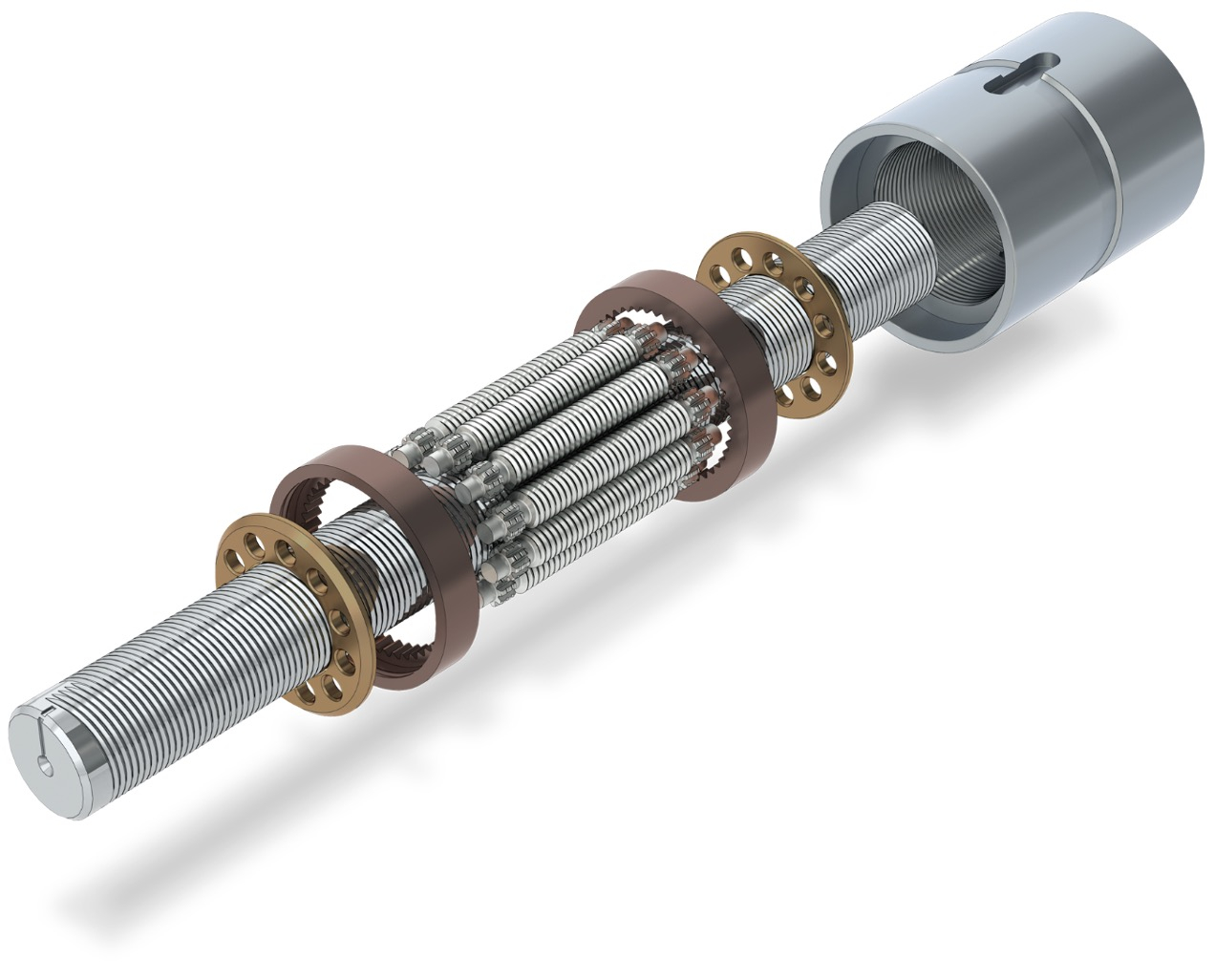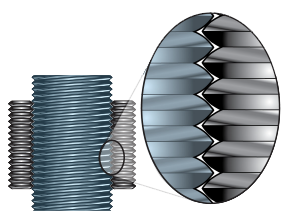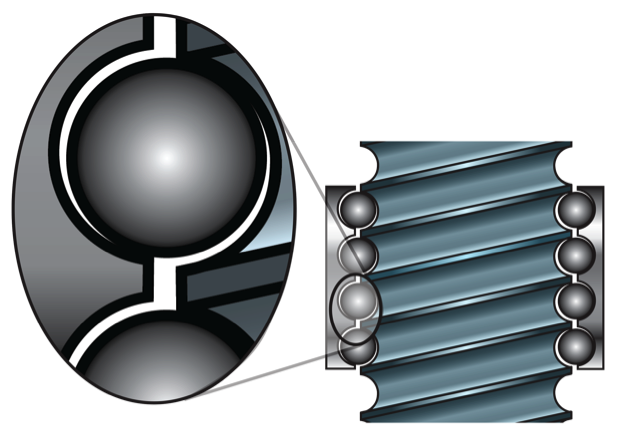Tolomatic Roller Screws - Long Life and High Force in a Small Package
Tuesday, September 1, 2020 2:29:32 PM America/New_York
Roller screw actuators come in a smaller package than ball screw actuators and offer longer life and higher force.
 Every application that uses linear motion has different requirements. For linear applications that require large force requirements and high duty cycles, there are typically two choices: ball screws or roller screws. Understanding the difference between these two actuator solutions is important to determine which option is the best for your application.
Every application that uses linear motion has different requirements. For linear applications that require large force requirements and high duty cycles, there are typically two choices: ball screws or roller screws. Understanding the difference between these two actuator solutions is important to determine which option is the best for your application.
In most applications, roller screws are used in high force, heavy duty linear actuators. Because roller screws typically offer a longer life and higher thrust in a smaller package when compared to ball screws, they allow machine designers to design more compact machines.
Tolomatic Roller Screws in motion (video)
Anatomy of a roller screw
Standard electric rod actuators use a screw/nut combination that converts the rotary motion of the motor to linear motion. The difference between screw/nut combinations and rollers screws is how the rotary motion is converted to linear motion. Roller screws have precision-ground threads that match multiple precision-ground rollers in the nut. These rolling elements transmit force very efficiently. Roller screws work like planetary gear boxes; the screw/spindle is the sun gear; the  rollers are the planets. Gear rings and spacers hold the rollers inside the nut. While the rollers are orbiting the screw, a small amount of sliding occurs, which is one of the stark differences from a ball screw. By constraining either the screw or the nut from rotating, this allows the other rotating element to move across the stationary element; thus, creating linear motion in the same way that motion from a ball or acme screw is produced.
rollers are the planets. Gear rings and spacers hold the rollers inside the nut. While the rollers are orbiting the screw, a small amount of sliding occurs, which is one of the stark differences from a ball screw. By constraining either the screw or the nut from rotating, this allows the other rotating element to move across the stationary element; thus, creating linear motion in the same way that motion from a ball or acme screw is produced.
Ball screws use re-circulating ball bearings that recirculate within raceways in the screw threads and corresponding threads in the nut. The ball bearings transmit force and relative motion efficiently as they roll through one or more circuits in the nut.
Screw Terminology
- Lead – The distance the nut advances with each revolution of the screw
- Pitch – The axial distance between threads
- Backlash – The distance between screw and nut engagement when reversing the direction or force
- Lead accuracy – Possible variation in travel over a standard length of screw
- Backdriving – The ability of an external force or load to cause rotation of the screw through the nut.
- Load rating:
- Static – Maximum load that may be applied before damage occurs
- Dynamic – A value used in the life calculation of a system. Used in L10 estimation.
Tolomatic’s online electric actuator sizing software can be used to help you make the correct Tolomatic actuator choice based on force, speed, dwells, and other factors.
Comparing Roller Screws to Ball Screws
 Heat Management – Roller screws have more points of contact which results in more heat because of the increased friction. The benefit is that roller screws have a higher force capability and longer life when compared to ball screws. Roller screws are ideal for repeated stress applications in the same area of actuator stroke, such as pressing, inserting, and riveting.
Heat Management – Roller screws have more points of contact which results in more heat because of the increased friction. The benefit is that roller screws have a higher force capability and longer life when compared to ball screws. Roller screws are ideal for repeated stress applications in the same area of actuator stroke, such as pressing, inserting, and riveting.
Due to fewer contact points, ball screws are more efficient in heat management which allows them to remain cooler in high duty cycles and high-speed applications. Ball screw actuators are ideal for applications that require high duty cycles, moderately high thrust, and moderate speeds.
Heat management is a major factor in how well lubricants perform. As temperatures rise, lubricants break down and lose their ability to protect metallic components. This makes maintaining the lowest possible average temperature of the screw/nut will help with determining how much lubrication is needed. Tolomatic’s sizing software will not let roller screw actuators exceed a threshold for temperature to safely  guarantee the actuator will work in an application. When applications exceed this this threshold, it is not an indicator that the screw will not work but should be used as an indication that continued maintenance of the screw through the addition of grease will be essential to achieving the maximum service life of the screw.
guarantee the actuator will work in an application. When applications exceed this this threshold, it is not an indicator that the screw will not work but should be used as an indication that continued maintenance of the screw through the addition of grease will be essential to achieving the maximum service life of the screw.
For most applications requiring high force, repetitive cycles and long life, Tolomatic will most likely recommend a roller screw linear actuator. However, if the force is lower and high continuous speeds are present in the application, a ball screw actuator may be the better solution.
Tolomatic Reference Materials
- Actuator Guide: Actuator life: How to estimate for ball and roller screw actuators
- White paper: How roller screws and ball screws compare in high-force applications
- Brochure: Roller screw brochure
- Blog Post: Tolomatic Electric Linear Actuators Take on Hydraulics
- Blog Post: 5 Reasons to Consider Tolomatic High Force Actuators




